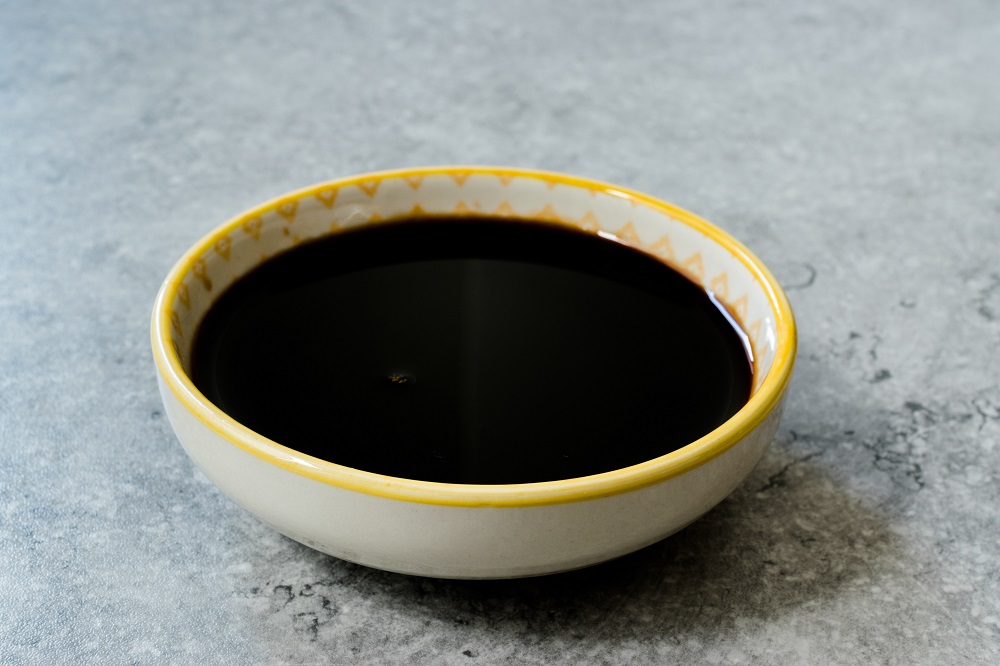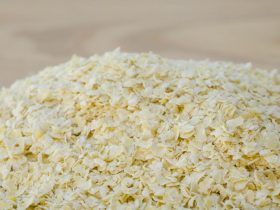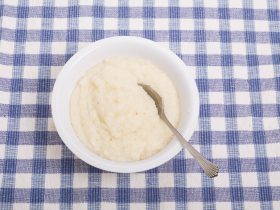Molasses, also known as dark treacle, is a sticky and extremely sweet syrup often incorporating beets or other sweet produce in order to give it a unique taste. Originating in India during 500 B.C.E, molasses has been enjoyed as an additive to alcoholic drinks and as a baking aid for quite some time1.
Because of molasses’ extremely high sugar content and impermeable nature, it can last for quite a bit of time without showing any signs of expiration. This is not to say, however, that molasses cannot spoil. If stored properly, it will last as long a time as a year or even longer, so long as it remains sealed away from the open air.
What is the Ideal Temperature for Storing Molasses?
Temperature is one of the primary motivators behind the colonization of your foodstuffs by bacteria and fungi. Much like humans, these microorganisms thrive best somewhere between the boiling temperature of water and the freezing temperature of water.

Despite this, however, molasses has been found to keep best at a temperature of 68–72 °F, approximately the same as most home kitchens2. So long as the molasses is insulated from any extreme heat sources, both through distance and by sealing in a container, it should retain its shelf-life quite well.
Note that if the molasses is kept in the presence of warmer-than-room-temperature heat for extended periods, some separation may occur. This will present as a thin layer of fluid atop the molasses, and may be difficult to reintegrate into the molasses itself.
Will Molasses Expire Faster After Opening?
Like all foodstuffs, molasses maintains its best quality when sealed away from the outside world. Factors such as extreme temperature, direct sources of light, as well as oxidation from the air will degrade your molasses.
While molasses does not technically expire (for the most part), it may become unpleasant to consume if left unsealed and exposed for too long a period of time.
In order to maintain the best possible quality in molasses, it is important to keep it sealed against the open air, either with a container or with plastic cling wrap.
Can Molasses be Stored in the Pantry?
Yes. Molasses has been traditionally kept in the pantry or cupboard for long periods of time, even before the development of refrigeration technology. As molasses has an extremely long shelf-life, it can be left in the room-temperature conditions of your pantry for as long as twelve months.
In order to store your molasses in the pantry, it is best to leave it sealed within the container it was originally purchased in. If you must move it to a new storage vessel, choose one that is unlikely to absorb the odor of the molasses. Glass containers work best for this, as molasses may affect the surface of metal containers in unpredictable ways.
Keep the container in a relatively cool and dry corner of the pantry or cupboard, preferably far from any insects that may be present in the room.
It is also important to keep the molasses container away from any direct sources of light, such as near light-bulbs or even from direct sunlight. Store the molasses away from any open windows.
Can You Refrigerate Molasses?
A better route to take once your molasses has been opened, refrigerating molasses is entirely possible and presents few drawbacks to its quality.
It is important to note that storing molasses in the fridge will further slow down its rate of flow. This is due to the molecules vibrating at a lower speed when placed in colder environments, and as such the molasses will grow more viscous and present a lower velocity when poured.
This may make it more difficult to work with, depending on your intentions for the molasses. In order to remedy this drawback of refrigeration, simply leave the container of molasses on the counter until it returns to room temperature.
In order to refrigerate your molasses, it is best to keep it in the same container it was purchased in. If you have opened the storage container previously, ensure that it is properly resealed before placing it in the fridge.
Keep the container away from any sources of freely-moving air such as a vent or fan.
Kept in the best possible conditions, molasses can last for up to five years, though degradation of quality may occur far before this time.
Can Molasses be Frozen?
Though inadvisable, it is entirely possible to freeze molasses. Doing this will require several additional steps, however, and it requires far less effort to simply store the syrup in the fridge or pantry.
As was mentioned in the previous section of this article, lower temperatures can cause liquids (and liquid suspensions like molasses) to slow down, increasing their viscosity and making them difficult to pour. Freezing takes this physical effect to the extreme, essentially halting the rate of flow for molasses.
If you still choose to freeze molasses, it is likely that you will have to reheat it in a pot of warm water prior to using it for any sort of purpose.
To freeze the molasses, transfer it to a resealable plastic pouch or similar freezer-safe container. Ensure that it is not stored in any metal container apart from stainless steel, as molasses has a tendency to absorb rust and zinc from metal.
Pour the molasses into the container, leaving a small amount of open space between the surface of the molasses and the container’s top. This is to account for the expansion of liquids when frozen, and will prevent the container or bag from rupturing.
Stored in this way, molasses can keep for as long as five years with minimal reduction in quality.
Is Old Molasses Dangerous to Eat?
Although molasses can and will begin to degrade over time, especially when exposed to the improper conditions, it is highly unlikely that molasses will develop any sort of bacterial or fungal cultures.
In simpler terms, this means that molasses will lose its quality if stored for too long, but it is very uncommon for it to be actually harmful to consume.
Because of the extremely high sugar content of molasses as well as its syrupy consistency, bacteria and fungi find it difficult to survive and propagate in the sugary ingredient. This does not mean that it is impossible for molasses to develop mold, however.
Signs of Spoilage in Molasses
In the highly unlikely event that your molasses has managed to support a colony of fungi or bacteria, there are several clear indicators that one should watch out for.
First of all would be furry patches of mold or a thin layer of off-color liquid sitting atop the surface of the molasses. Should you notice this, it is best to discard the entire batch, as it is likely the microorganisms have threaded throughout the molasses.
Apart from this, you may notice your molasses has begun to crystallize or develop a liquid separation along its surface. This is usually an indicator of poor storage for too long a period of time. Though still safe to eat, it is best to discard the molasses, as it may be unpleasant to consume.
References
1. The Codex Alimentarius Commission. (2009; 2010). “Codex Alimentarius – 212.1 Scope and Description.” Food and Agriculture Organization of the United Nations.
2. Oxford English Dictionary, Third Edition, November 2010), sub-entry at room.





Hi, I'm Dom
Dom Eats was started to help other people fall in love with food. While cooking can feel intimidating, it doesn't have to be.